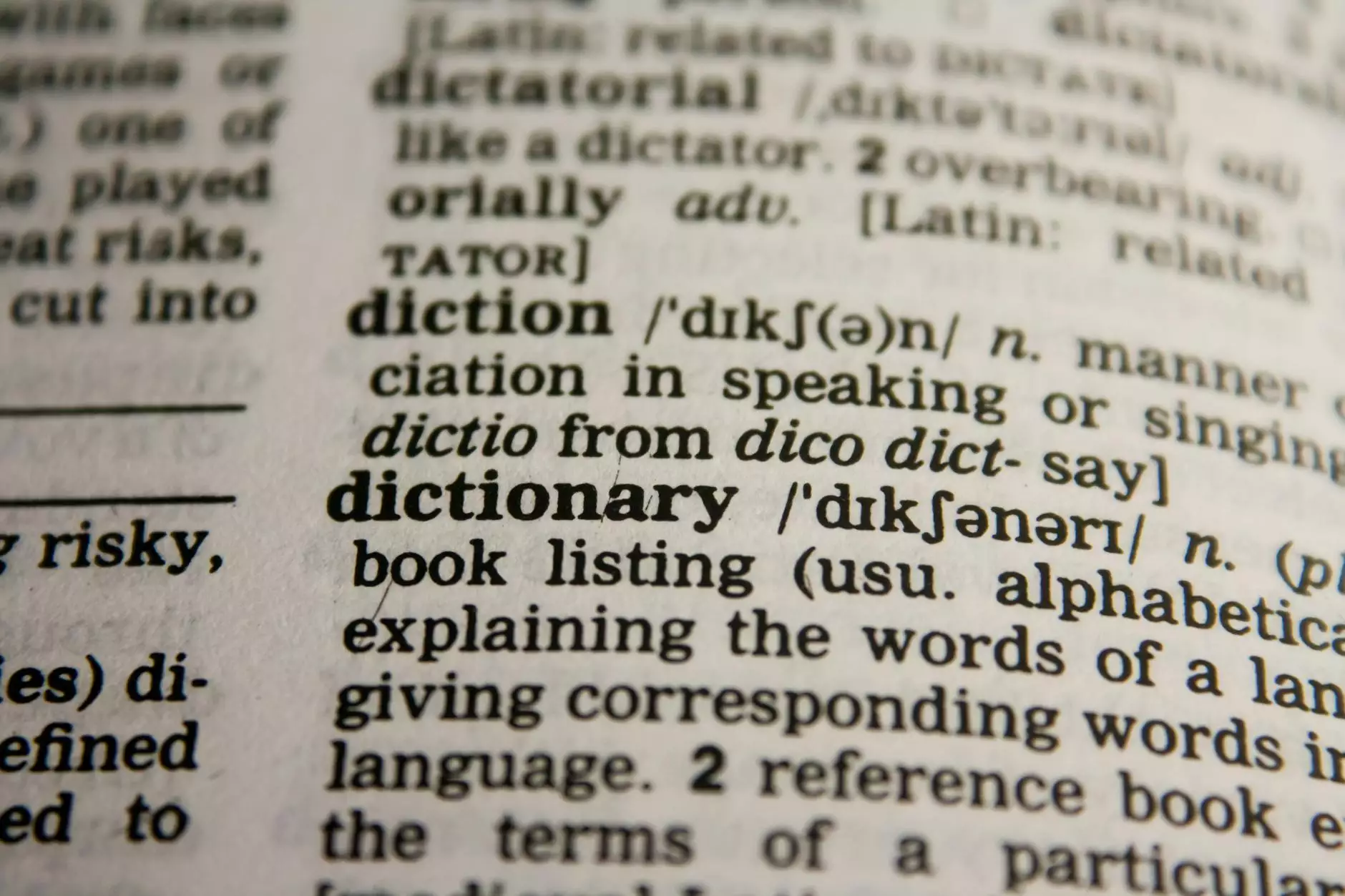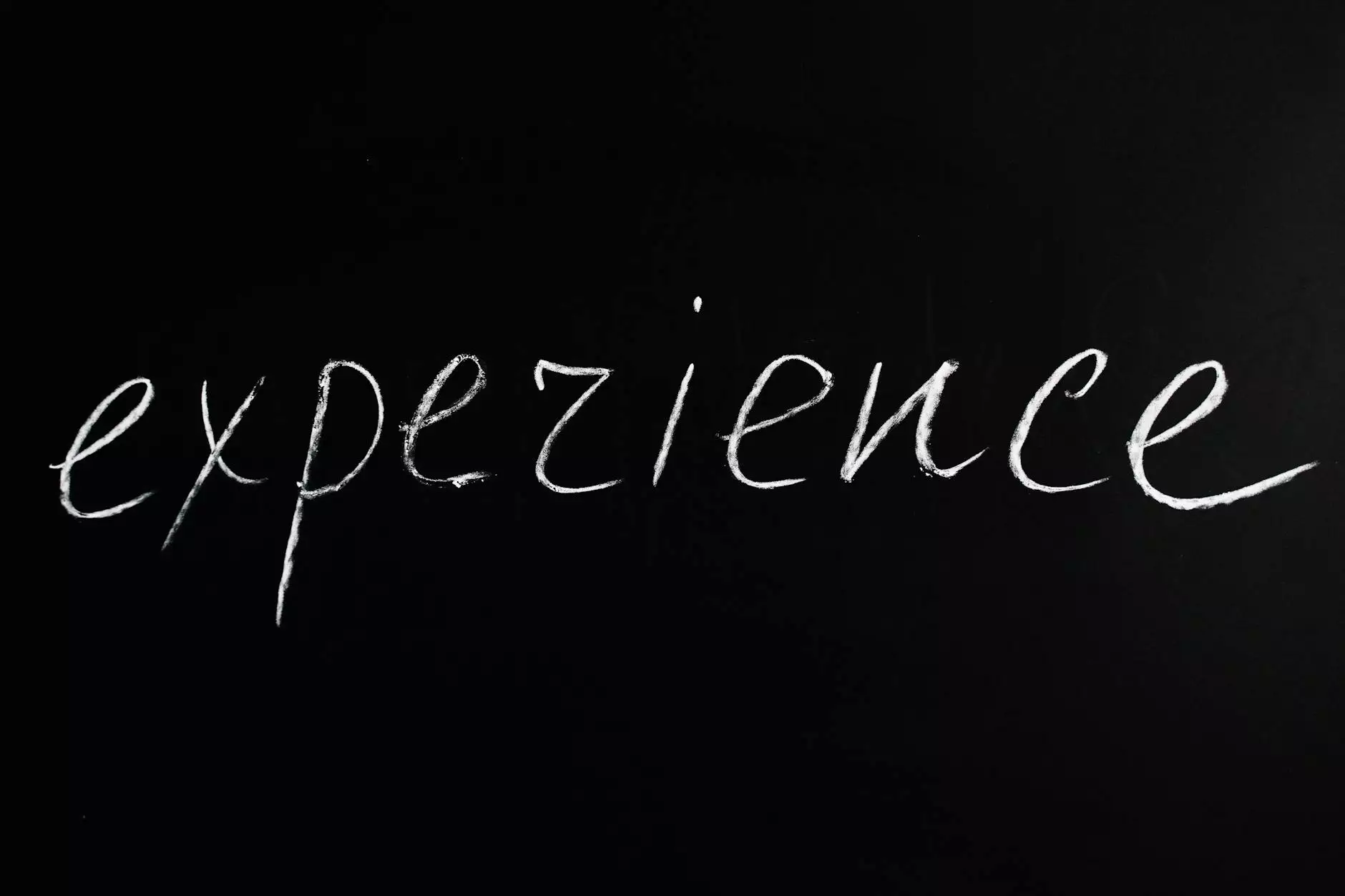Translation RFP Guide - Crafting Successful Proposals for Translation Services
SEO Services
Are you in need of translation services and looking to draft a RFP (Request for Proposal) to find the best-suited vendor? Crafting a compelling RFP is crucial to attracting high-quality translation service providers. In this comprehensive guide, SEO Studios provides expert tips and insights on creating successful RFPs for translation services.
Understanding the Importance of Translation RFPs
Before delving into the specifics of crafting an effective RFP for translation services, it's essential to understand the significance of this document. A well-written RFP serves as a roadmap for both your organization and potential translation service providers. It helps outline your project requirements, expectations, and evaluation criteria, ensuring that all parties are on the same page from the outset.
Key Components of a Translation RFP
When creating a translation RFP, it's crucial to include the following key components to ensure clarity and accuracy:
- Project Overview: Provide a brief summary of your organization, the scope of the project, and the desired outcomes.
- Scope of Work: Clearly outline the specific translation services required, including languages, volume, and timelines.
- Quality Expectations: Define your quality standards for translations, such as accuracy, cultural appropriateness, and proofreading requirements.
- Vendor Requirements: Specify your expectations regarding the translation service provider's qualifications, experience, and certifications.
- Pricing and Payment Terms: Clearly state your budget constraints, pricing structure, and payment terms to avoid misunderstandings.
- Submission Guidelines: Provide detailed instructions on how vendors should submit their proposals, including deadlines and contact information.
Best Practices for Crafting an Effective Translation RFP
When preparing your translation RFP, consider the following best practices to maximize its effectiveness:
1. Conduct Detailed Research
Prior to drafting your RFP, conduct thorough research on potential translation service providers, industry standards, and best practices. This knowledge will enable you to create a well-informed and tailored document.
2. Tailor Your Requirements
Customize your RFP to suit the specific needs of your organization and project. Avoid using generic templates and instead focus on addressing your unique translation requirements.
3. Provide Clear Instructions
Ensure that your RFP includes clear and concise instructions for vendors to follow. Ambiguity can lead to misunderstandings and potentially lower the quality of proposals.
4. Establish Evaluation Criteria
Define clear criteria for evaluating vendor proposals, such as experience, pricing, quality control measures, and responsiveness. This will help streamline the selection process and ensure the best fit for your project.
Expert Insights from SEO Studios
At SEO Studios, we understand the importance of creating tailored and effective RFPs for translation services. Our team of experts can provide valuable insights and guidance to help you craft successful proposals that attract top-tier translation service providers. Contact SEO Studios today to elevate your translation project to the next level!









